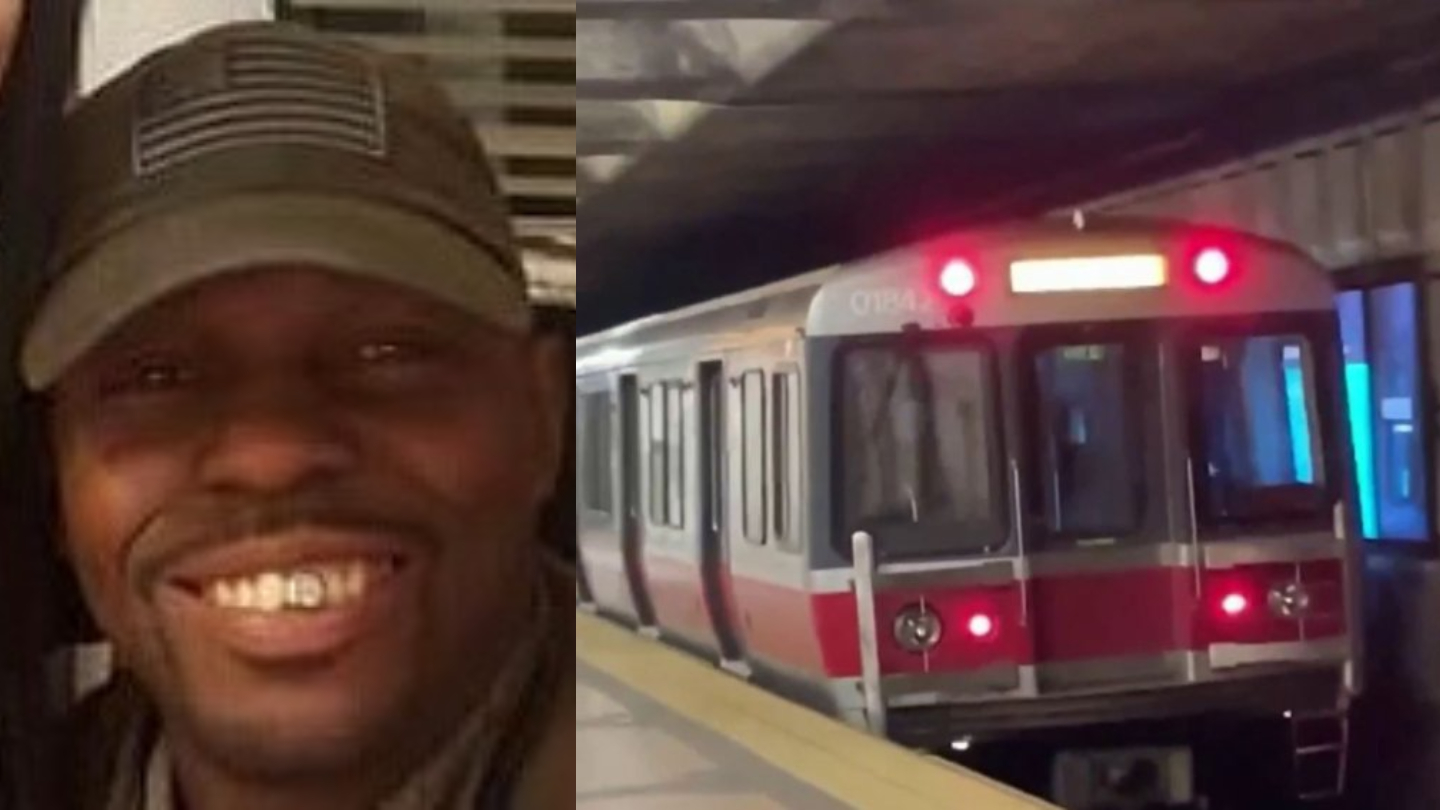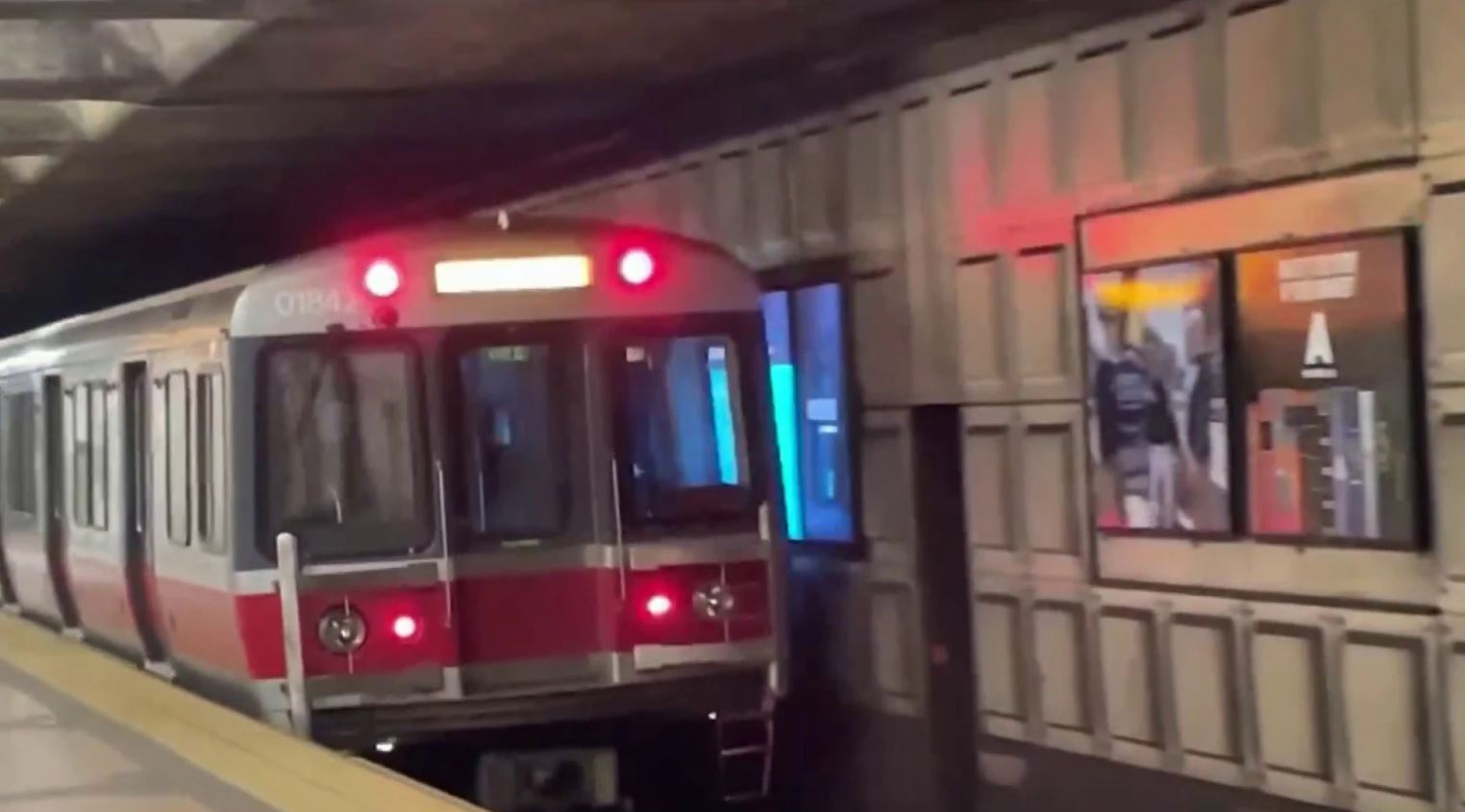The estate of a man who was dragged to his death when his arm became stuck in the door of a Red Line train last April is suing the MBTA.
Robinson Lalin, 39, of Dorchester died after being dragged into the track area as the train left the station on April 10, 2022 at the Broadway station. The lawsuit filed Wednesday accuses the agency of "carelessness and negligence," saying that employees did not make a significant effort to make sure all passengers were clear of the doors, which they say should have been done "by leaning out beyond the side of the cart to see that no one is in a position to be struck by closing doors."
WATCH ANYTIME FOR FREE
Stream NBC10 Boston news for free, 24/7, wherever you are. |
It also claims that the T failed to properly inspect, repair and monitor its equipment.
These things, the lawsuit claims, "were careless, negligent, wilful, wanton, and/or reckless, and constituted violations of MBTA's legal duties of care as well as its own written policies and procedures."
Get updates on what's happening in Boston to your inbox. Sign up for our News Headlines newsletter.
Lalin got his right arm stuck in the door and was dragged more than 100 feet along the platform, onto a lower surface near the tracks, according to a National Transportation and Safety Board report. He was pronounced dead at the scene.
According to an NTSB preliminary report, the door system did not perform properly that night, leading to the tragedy.
The trains are equipped with safety features to prevent them from moving when the doors are obstructed, the National Transportation Safety Board wrote in the preliminary report.
The lawsuit calls for a judgment against the MBTA for monetary damages, interest, costs and damages from emotional pain and suffering. Lalin left behind a family, including two children.
Benjamin Zimmerman, the attorney representing Lalin's family, released the following statement Wednesday.
"Robinson Lalin died needlessly and tragically due to the negligence of the MBTA. He left children and an extended family that loves and continues to mourn him. What happened to Robinson could happen to any T rider, and it is the hope that this lawsuit will bring justice for his family and what happened to him, and some much-needed accountability for the MBTA.
The culture of MBTA’s management for decades has been to not apologize, not make amends, and not reach out to the people hurt or killed by the MBTA’s negligence. It is the hope that lawsuits like this, together with a new administration and new leadership at the T, may work to change that culture and make the T safe for everyone."
The MBTA responded to the lawsuit with a statement Wednesday night:
"Mr. Lalin's death was a tragedy, and the MBTA has extended its deepest condolences to his loved ones. Because of the pending litigation, the MBTA will not be commenting on the complaint itself.
"The MBTA is committed to making safety and reliability improvements to the services it provides. MBTA vehicle maintenance personnel work tirelessly to keep the rapid transit fleet operating in a state-of-good-repair and regularly scheduled inspections of subway cars include the testing and maintenance of door components.
"MBTA trains make thousands of daily trips, carrying hundreds of thousands of riders every day without incident. "
According to the MBTA the car involved in the April 10 incident and its various components were inspected on March 27, 2022. The door systems were tested at the time, and the test did not identify the short circuit issue which contributed to the incident. Subsequently, the door systems throughout the Red Line fleet were tested for this specific problem, and MBTA personnel found all components performed as designed and did not identify any additional instances of the circuitry problem the incident car experienced.
Sign up for our Breaking newsletter to get the most urgent news stories in your inbox.
Experts had told NBC10 Boston that it is the train operator's responsibility to make sure the doors are clear before closing them and departing the station.
Keith Millhouse, a rail safety expert and former chairman of the Metro-Link, Southern California's train system, said the tragedy was "entirely avoidable" and should never have happened.
Millhouse is not part of this investigation, but the independent safety expert said any time a train leaves the station, it is ultimately up to the train operator to ensure everyone is clear before pulling away from the station.
"If you haven't done that, it is like skipping a portion of your checklist, on a preflight before you take off, it is just standard operating procedure," he said.
“It should be really, really hard for someone to get hurt or die getting on or off the T,” Stacy Thompson, executive director of LivableStreets Alliance, told The Boston Globe.
More on the investigation
The railcar was pulled from service and and the train operator was placed on unpaid leave this summer.



